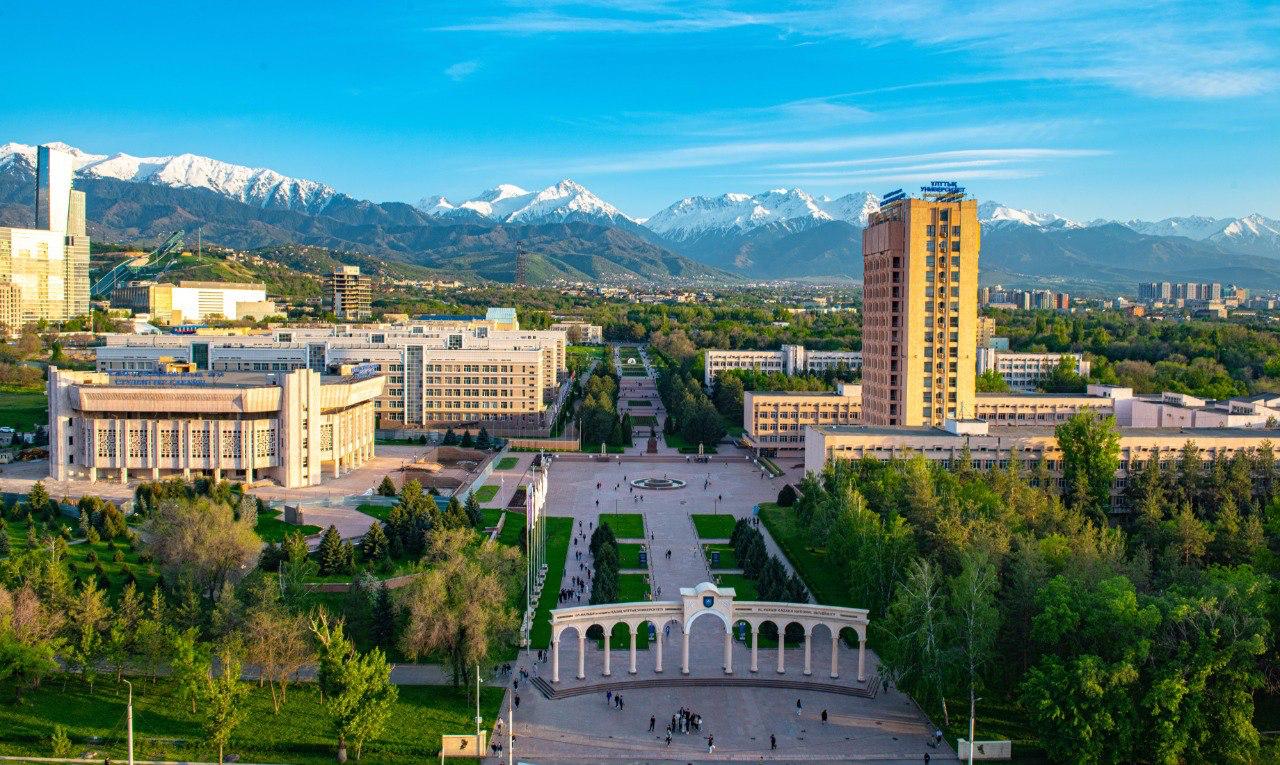
14.11.2019. 09.00-09.50, ауд.212
Open lecture. The subject of «Production». 4 course «Public Relations». Lecturer Ph.D., Assoc. Tlepbergenova A.A.
Lecture. The main types of socio-cultural projects. Features of financing socio-cultural projects.
Lecture Plan:
1. The basic concepts of socio-cultural design.
2. Technologies for the development of socio-cultural projects on the example of the development of socially-oriented projects.
3. Financing of socio-cultural projects and programs.
Lecture Assoc. Tlepbergenova A.A. began with an explanation of projective work as a category of innovative, creative activity. It involves the transformation of reality, is built on the basis of appropriate technology, which can be unified, mastered and improved. Next, various types and configurations of projects were presented: business projects, political, social, socio-cultural projects. Understanding the goals and objectives of technology for developing socially-oriented projects is important for the work of a PR specialist in the field of production. These projects optimize a person’s lifestyle (assistance in mastering cultural technologies, for example, mastering a new profession, new means of communication, type of cultural and leisure or artistic activity, etc.).
The lecture noted that projects always have the following features:
• they are aimed at achieving specific goals;
• they include the coordinated implementation of interrelated activities;
• they have a limited length in time, with a certain beginning and end;
• All of them are to some extent unique and unique.
The final summary of this lecture lesson is the idea that by creating patterns for solving specific socially significant problems, design provides activities that contribute to resolving a specific situation:
• develops a model of what “should happen” in accordance with available resources;
• correlates the problem with the general way of solving it, allowing alternative ways and means to achieve the goal (you can experiment);
• sets a reasonable time frame for solving the problem, due to the characteristics of the problem situation.
Other news

4 november, 2025

3 november, 2025

3 november, 2025